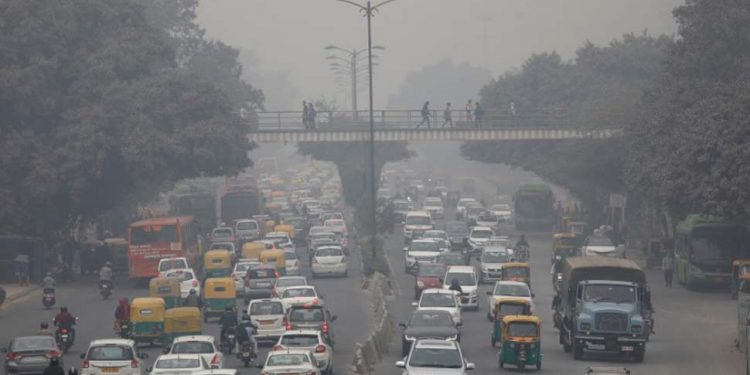All Indian cities showed an improvement in the quality of air due to the Covid-19 pandemic compared to 2018. In 2020, around 84 percent of all checked nations noticed air quality enhancements, to a great extent because of worldwide measures to moderate the spread of COVID-19.
Air quality upgrades across significant urban communities in 2020 contrasted with 2019 incorporate Beijing (less 11%) Chicago (short 13%), Delhi (less 15%), London (less 16%), Paris (less 17%) and Seoul (less 16%).
However India is in the top of the most polluted cities with 22 out of top 30 most top contaminated cities world-wide.
The report by IQAir said in 2020, 86 percent of the urban communities in China experienced cleaner air than the earlier year.
Regardless of this, Chinese occupants are as yet presented to PM2.5 levels multiple occasions the World Health Organization (WHO) yearly rules. Hotan in northwestern China positions as the world’s most contaminated city, to a great extent because of dust storms exacerbated by environmental change.
The report says environmental change keeps on influencing air quality. The year 2020 is attached with 2016 as the most smoking year on record. Rapidly spreading fires and dust storms filled by the warming environment prompted amazingly high contamination levels in California, South America, Siberia and Australia.
South Asia is the most dirtied area of the world with Bangladesh, India and Pakistan sharing 42 of the 50 most contaminated urban areas around the world.
In 2020, about a portion of all European urban areas surpass the WHO’s focus for yearly PM2.5 contamination. The most elevated levels of PM2.5 contamination were found in Eastern and Southern Europe, with Bosnia Herzegovina, North Macedonia and Bulgaria starting to lead the pack.
“While numerous urban areas recorded brief upgrades in air quality because of lockdowns, the wellbeing effect of consuming non-renewable energy sources stayed extreme. Shockingly, Delhi kept on being the most contaminated capital city on the planet in 2020. To see genuine, long haul upgrades in air quality, governments should focus on clean fuel sources like breeze and sun oriented and advance minimal effort, carbon-impartial and available vehicle,” said Avinash Chanchal, Climate Campaigner, Greenpeace India.




![The Top & Most Popular Seafood Bucket Restaurants in Dubai for you [Never Miss]](https://uae24x7.com/wp-content/uploads/2020/09/8-seafood-in-a-bucket-scaled-e1600739237403.jpg)
![Procedures for Renewing the Driving License in Abu Dhabi [3 Simple Steps]](https://uae24x7.com/wp-content/uploads/2020/07/Capture-9-e1595666454466.jpg)





